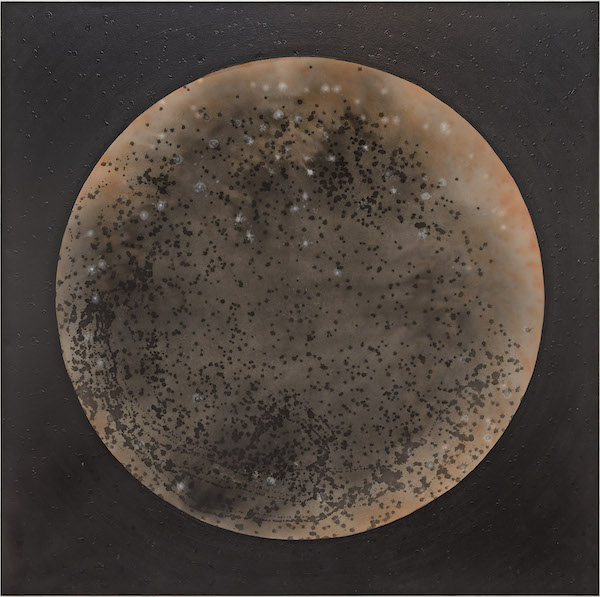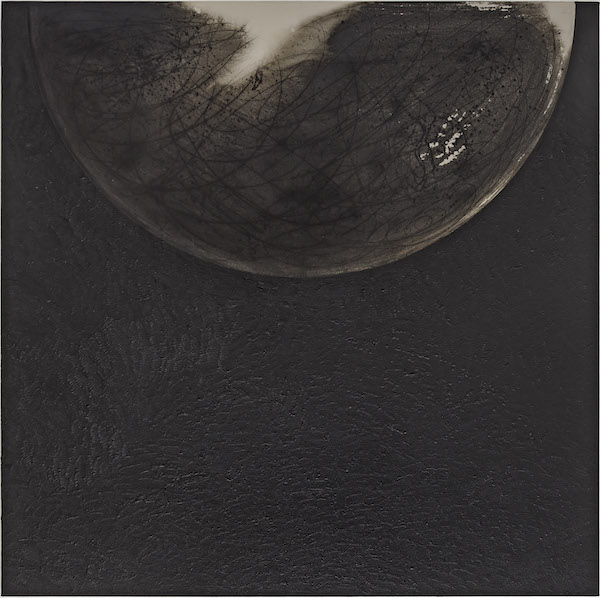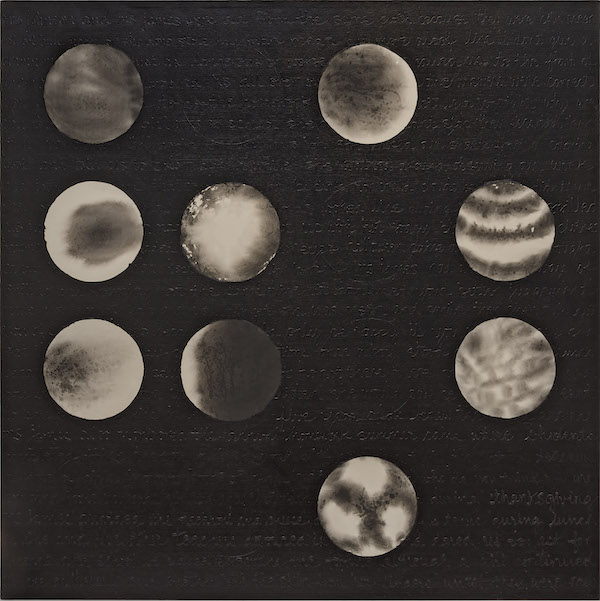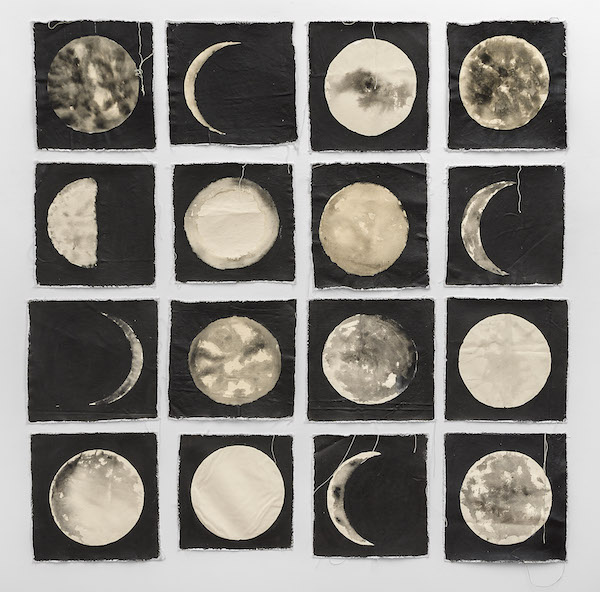Lisa Diane Wedgeworth is one of LA’s talented mid-career artists whose work steadily and forcefully moves to the foreground of our consciousness with its thoughtful and compassionate investigations of her emotional life. Her striking paintings, self-referential videos and narrative documentary projects of intergenerational relationships have garnered her a 2020 C.O.L.A. Individual Artist Fellowship, and artist residencies at The Hermitage, and the prestigious Georgia Fee Residency in Paris. I’ve known Lisa since 2000, and we recently met in her studio.
CC: The growth of your work into a range of media—painting, photography, mixed media, video, writing, performance—seems to capture the breadth of your practice. Let me begin by asking you to give me your artist statement in 35 words or less. You’re on!
LDW: I unapologetically investigate memories, relationships and immediate experiences as spiritual and psychological energies that take form as paintings, video, performance, archived personal narratives and any medium deemed necessary.

Lisa Diane Wedgeworth, Brown But Beautiful, 2014
I was taken by your 2014 exhibition of paintings of celestial bodies. In our conversation you revealed that each celestial painting related to a particular event in time and space, such as Katrina, or a traumatic event in the African-American community. Can you tell me more about how these experiences are embedded in the work?
These events were all traumatic to the African-American community. If one is abused, injured or hurt, we all are, even the person or group of people causing the trauma… we all inherit the energy in some emotional or psychological way. The paintings were informed by historical and personal experiences such as the 1963 bombing of the 16th Street Baptist Church, Loving vs. Virginia, the aftermath of Hurricane Katrina and two familial experiences relating to my maternal grandmother’s abusive relationship towards my younger sister.

Lisa Diane Wedgeworth, Sex Lies & Brooklyn Spies, 2015
When I began these paintings I was thinking about the matrilineal intergenerational relationships within my family. My sister was experiencing a psychotic episode that focused her delusions on me (falsely) being an evil spirit capable of harming her and her son, I was reading Foucault’s Madness and Civilization and was researching the relationship between the moon and its effects on human psychology. Maybe on some level I was trying to make sense of the horrific ways in which humans relate to each other—are we really doing these things to each other willfully or is there something greater than ourselves influencing or dictating how we engage?
So, these paintings became this exploration into relationships. If the celestial bodies existed first, were they influencing human behavior on earth? I’d prefer to think of the bodies as evidence. I don’t want to entertain the idea of making excuses for the pain and trauma historically or currently being inflicted on anyone.

Lisa Diane Wedgeworth, Sane Sister, Schizo Sister, 2015
In 2015, these celestial works connected with the earthly in your new paintings and video, in which you narrate personal experiences from your childhood. By 2018, you were working with self-portraits. What is the trajectory you have followed in those years?
I don’t know if I am following, yet I am definitely being led along a path and I’d like to think that when I’m still making work at 80 or 90 years old I can answer that question more clearly. I knew in grad school that I wanted and needed to be honest and authentic in my work—that was and is important to me. The work has moved from making paintings that were informed mostly by historical events and observations about others to my own experiences.

Lisa Diane Wedgeworth, Mrs Johnson and Mrs James, 2015
By the time this prints, I will have celebrated my 50th birthday. I am a different woman than I was at 25 when I gave birth to my daughter. I move differently, my love life is very different, my needs and desires are different; I have new responsibilities and priorities. And, I am only 80% at peace with aging (laughs). So, I have a lot to unpack in my own life and these concerns, obligations and revelations are manifesting in my work.
I would say the trajectory is truth. It’s unapologetically moving with the changing truths in my life. I was afraid of math as a child and geometry terrified me. Today, geometric shapes mean so much more to me. I’m fascinated by the relationship I see between their multitude of angles and sides and my ever-changing roles as a woman who is now 50. I am really excited about what these new works mean and look like.


